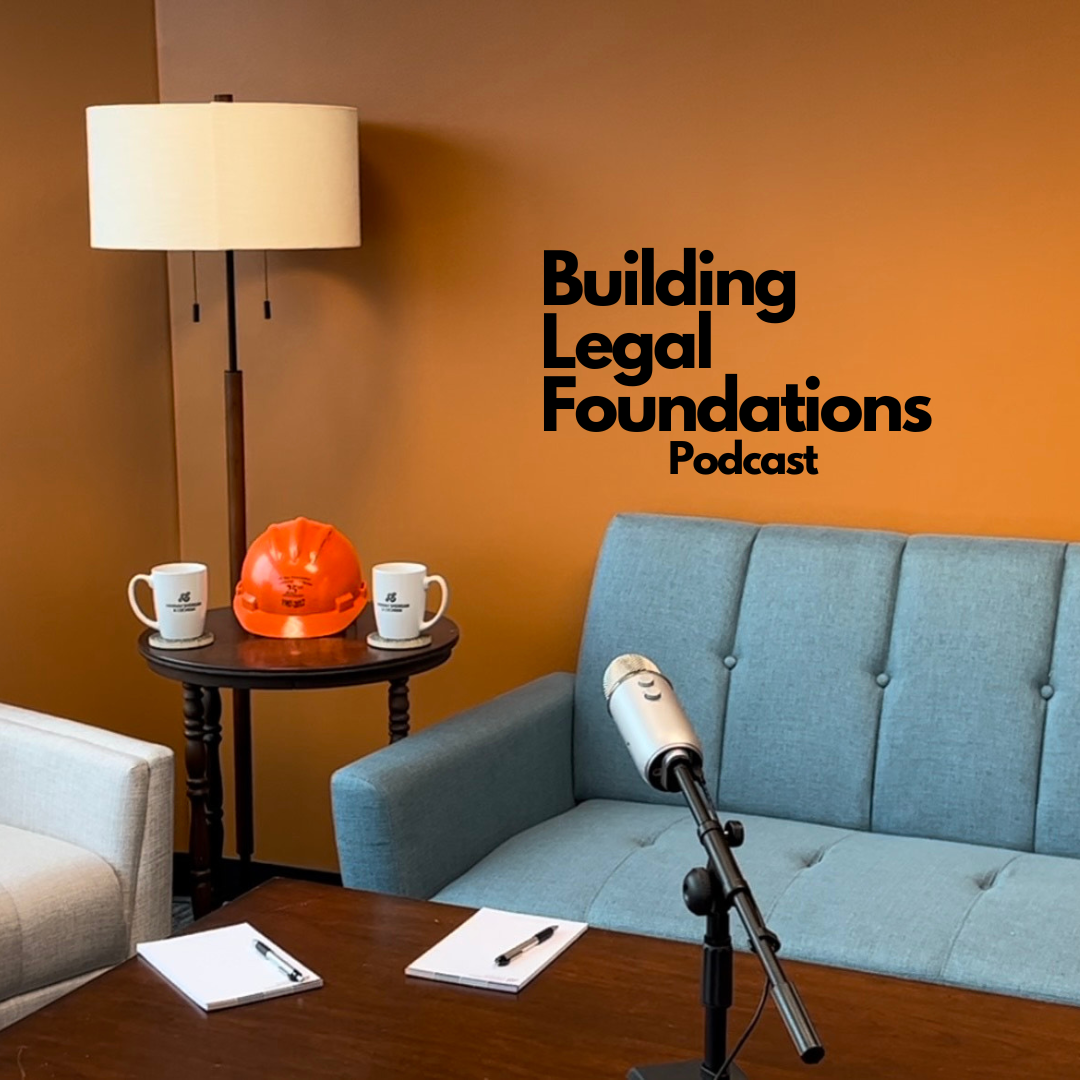Hannah Sheridan & Cochran's own podcast, previously available via Spotify, is now available to listen…
Protecting Your Rights: Equipment Supplier Tips
Did you ever consider the challenges which can arise when the equipment you supply has wheels or tracks and is mobile? For rental equipment suppliers, the provisions of Articles 2 and 3 of North Carolina General Statutes Chapter 44A and the case law interpreting those statutes create interesting challenges.
Years ago the General Assembly cleaned up a mess created by a court opinion when Chapter 44A was amended to specifically include rental equipment used to improve real property as a “equipment” for which a lien could be asserted or a bond claim made. There is no question that so long as the equipment was used for the improvement of real property pursuant to a contract, a claim may be asserted. That then raises the issue of what proof is necessary to enforce such a claim.
Presumably, those who rent equipment are aware that, to preserve a claim, some form of pre-notice is now required. For liens, a Notice to Lien Agent is advisable because if a closing beats your lien filing, the value of the lien essentially will be extinguished – translation: relation back is preserved by issuance of timely notice to the lien agent. On state public projects, failure to provide Notice of Public Subcontract limits your potential recovery to a maximum of $20,000.00.
For both lien and bond claims, it is essential that the claimant be able to establish that in some manner the equipment improved the real property. Because of its mobility, portability, and usefulness on multiple projects, questions can arise as to whether the equipment was continuously on the subject project or whether it was moved around to various projects. Therefore, rental equipment companies are finding GPS data useful in proving where equipment was located at any given time. When in doubt, maintain a daily location log.
Similarly, questions can arise as to the amount of time a piece of equipment was actually used on a particular project. Most, if not all, equipment comes with an hours of use monitor for maintenance purposes. Some owners and contractors try to use that data to reduce claims. How many hours an equipment is in use on a project is not a question
which needs to be answered. However, keeping track of delivery and pick-up request dates is essential. And prompt pick up of equipment is truly key. Lien claims relying upon a last date which has been extended because the rental equipment provider was tardy in picking up the equipment after a request from a customer can be difficult to win.
The biggest challenge for the rental industry may well be long-term rentals. A requirement in asserting a lien or bond claim is a good faith belief by the supplier that its equipment was intended for use on the specific project. Being able to backtrack and discover where the equipment was used does not provide the requisite good faith belief that the equipment was being rented for the purpose of improving that specific project. Whether a process within the rental agreement can be created whereby the rental equipment company is put on notice of each project before the equipment is transported by the renter to that project is subject to debate.
If Customer rents a bulldozer for one year for use in its grading business, then the chances of preserving lien or bond claim rights for the rental company are pretty thin. The argument follows the “stream of commerce” limitation on other materials. By way of example, if a manufacturer sells cases of door locks to Supplier A which go into the stock of Supplier A, the fact that one box of those locks ends up in project B does not equate to lien rights for the manufacturer. Manufacturer simply put them in the stream of commerce with no realistic expectations of being able to identify any specific project improved by the lock.
So what is the take-away from this article – whether you supply the largest bulldozer or a small portable generator, if you expect to need the protection afforded by the lien/bond statutes, you need to be able to track your equipment, you need to know where it is being used, when it is being used, and whether it is being moved around. And, you must do your pre-notice.


